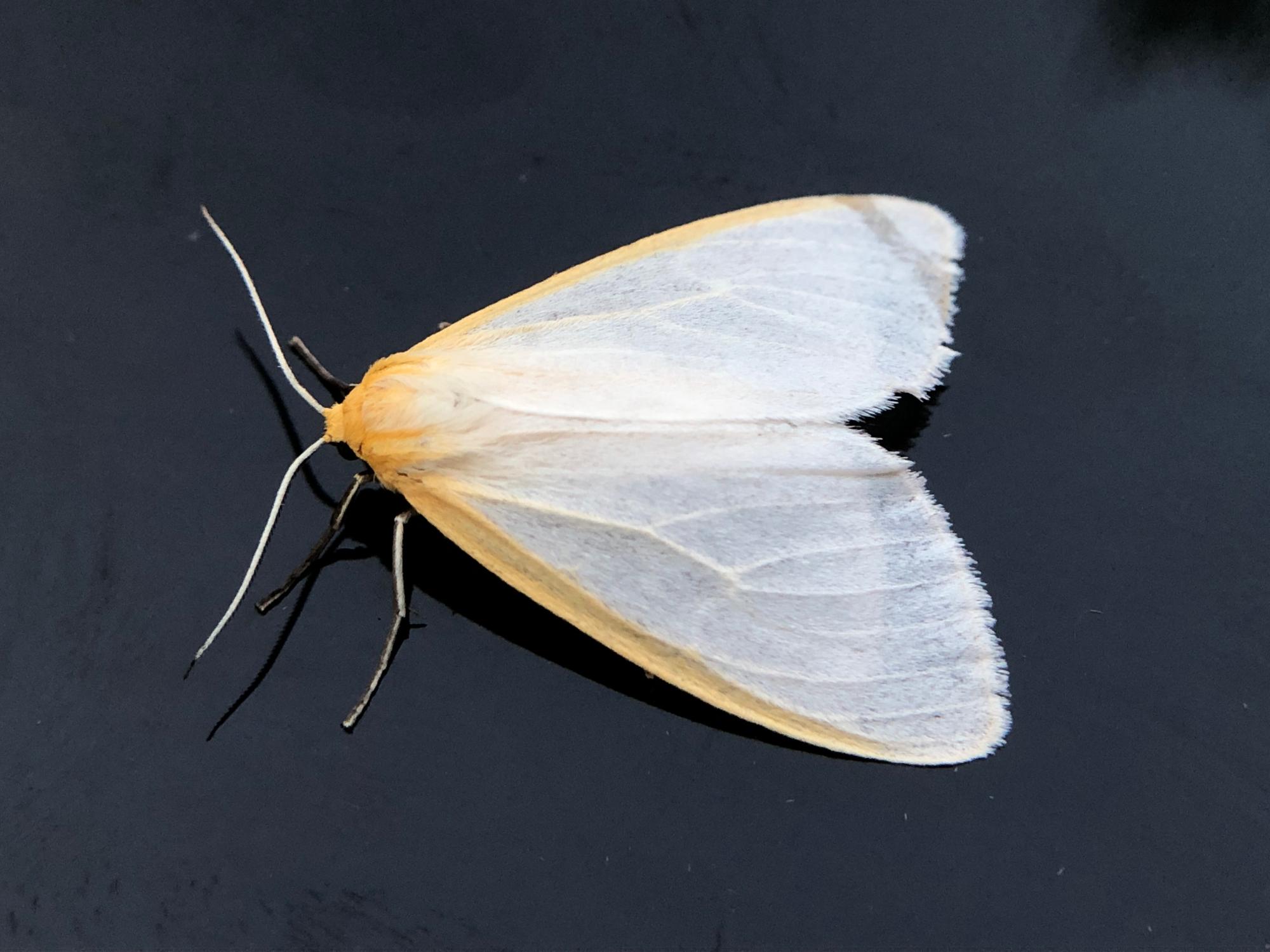CLYMENE MOTH, LECONTE'S HAPLOA, The Neighbor & DELICATE CYCNIA
Clymene Moth. This species has a bold, upside-down black cross on its wings. Found in late June and July near forests and wetlands.
LeConte's Haploa. Another common woodland species, found primarily during the month of June.
Delicate Cycnia - a very common moth in our area. Delicate Cycnias are similar to the all-white Haploa moth above, but note the more pronounced yellow border.
Delicate Cycnias typically fly from late May through early September. I often encounter them in prairies during the day, while I am hunting for butterflies. This one was photographed at Huffman Prairie. Delicate Cycnia moths will drink nectar from flowers during the daytime.
Another LeConte's Haploa. The wing patterns are variable. Some individuals have much less black than others (or no black at all).
This is an all-white Haploa moth (species unidentified). All-white Haploa moths generally cannot be identified to species from photos alone.
This LeConte's Haploa came to my moth lights, but I often see this species during the daytime as well, while I am hiking in the woods.
Clymene Moths have yellow hindwings, but usually, you cannot see their hindwings when the moth is at rest. These moths are very common at my lights.

Delicate Cycnias will also come to moth lights at nighttime. Note that the wings are faintly translucent in this species.
Note that the hindwings on this LeConte's Haploa moth are white (not yellow like the Clymene Moth further above).
The Neighbor Moth. This species is very similar to the LeConte's Haploa moths above, but the pattern is slightly different. These moths are much less common than LeConte's Haploas in our area. This is the only Neighbor moth I have ever found. Photographed June 15, 2024.